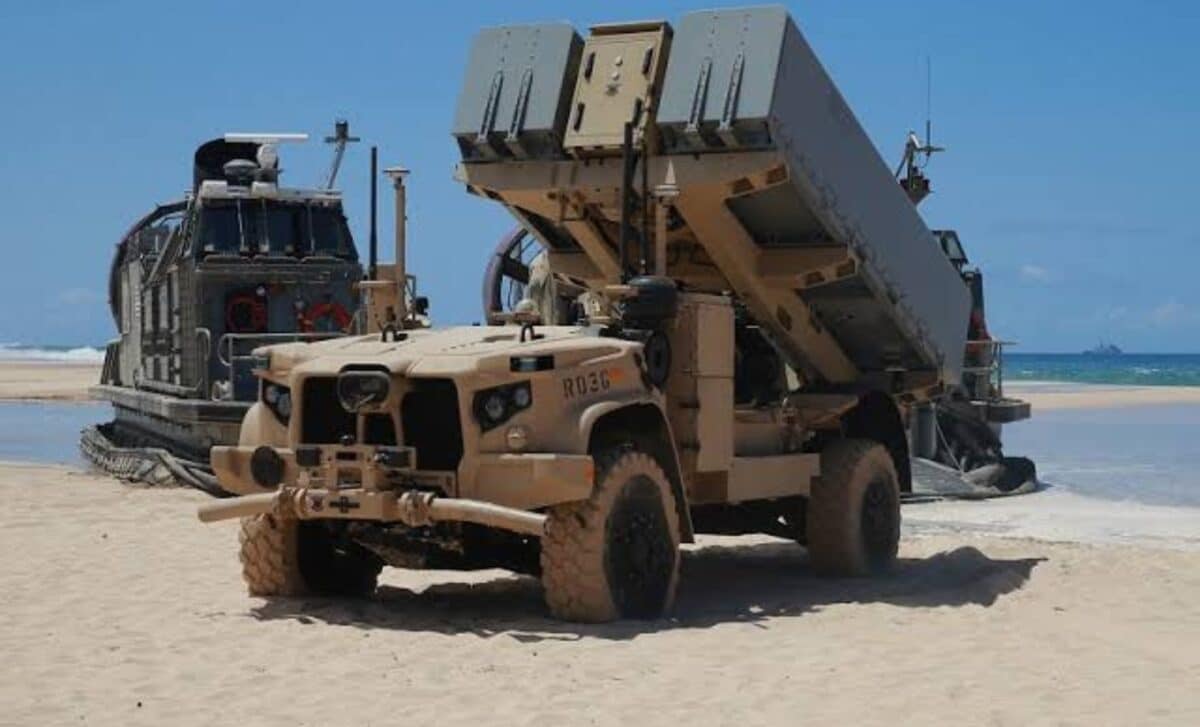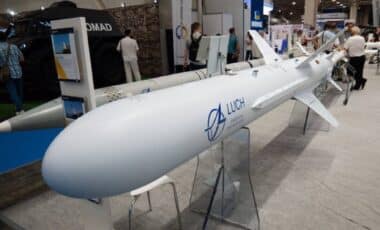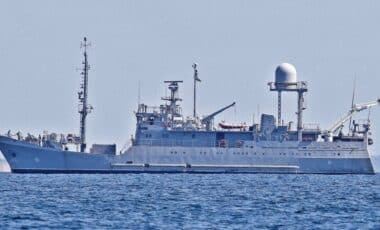The Philippines has decided to retain the Navy-Marine Expeditionary Ship Interdiction System (NMESIS), a U.S.-built anti-ship missile system, for training purposes despite growing tensions in the South China Sea. Deployed in the Philippines earlier this year, the system is intended to bolster the country’s defense capabilities amid China’s expanding naval presence in the Pacific.
This decision marks a key moment in the strengthening of military ties between the Philippines and the United States. The NMESIS, designed to target enemy ships from land, is now stationed in a strategic location in the Philippines that directly faces Chinese maritime routes. This move underscores the ongoing security cooperation between the two nations under the 1951 mutual defense treaty and reflects the growing security concerns in the region, reports Newsweek.
Breaking Point: 5 Alarming Signs War With Iran Is About to Erupt
Strategic Location and Significance
The NMESIS missile system is positioned in the Batanes Islands in the Luzon Strait, a vital waterway that serves as a major gateway for Chinese naval operations into the broader Pacific. The system’s presence here is seen as a countermeasure against potential aggressive actions in the region, particularly from China. The Philippines, which is involved in ongoing territorial disputes with China over areas in the South China Sea, has often found itself at the center of these maritime tensions.
According to Captain John Percie Alcos, spokesperson for the Philippine Navy, the missile system’s location in the Luzon Strait is crucial for deterring any actions that may jeopardize the Philippines’ maritime security. Alcos emphasized that the NMESIS serves as a deterrent for anyone contemplating “illegal, coercive, aggressive, and deceptive actions” against the country. The Luzon Strait, positioned north of the Philippines, is an important chokepoint for Chinese naval operations, adding strategic weight to the deployment of the missile system.
Continued Military Cooperation
The NMESIS has been in the Philippines since late April 2025 as part of the Exercise Balikatan, a joint military drill between the U.S. and the Philippines. It also participated in the KAMANDAG 9 exercises in May. While stationed in the country, the system will primarily serve to train the Philippine Marine Corps, as they work alongside U.S. forces to enhance interoperability. The NMESIS system is expected to remain in the Philippines as long as it provides useful training opportunities, allowing both forces to improve their combined operational capabilities.
The U.S. Third Marine Division has also highlighted that the NMESIS plays a crucial role in enhancing the sea denial capabilities of U.S. forces, increasing the ability to target and engage enemy vessels from both land and sea. This system is part of a broader strategy by the U.S. to assist its Pacific allies in strengthening their defense capabilities. The deployment of the NMESIS, alongside other missile systems like the U.S. Army Mid-Range Capability (MRC), also signals a deeper integration of military resources between the U.S. and its allies in the Pacific.
A Potential for Longer-term deployment
Although the NMESIS remains in the Philippines for training purposes, its future in the region may extend beyond that. Discussions have begun regarding the possibility of the Philippines acquiring the missile system to further counter the growing threat posed by China’s navy. With China’s naval fleet now the largest in the world by hull count, such a development could be a significant move in reinforcing the Philippines’ coastal defense strategy.
According to Captain Alcos, the NMESIS will remain in the country for as long as it remains beneficial for training. However, with the increasing security concerns and the ongoing military cooperation with the U.S., it is likely that the system could become a more permanent fixture. This would not only enhance the Philippines’ defense capabilities but also contribute to broader regional security in the face of China’s assertiveness in the South China Sea.








